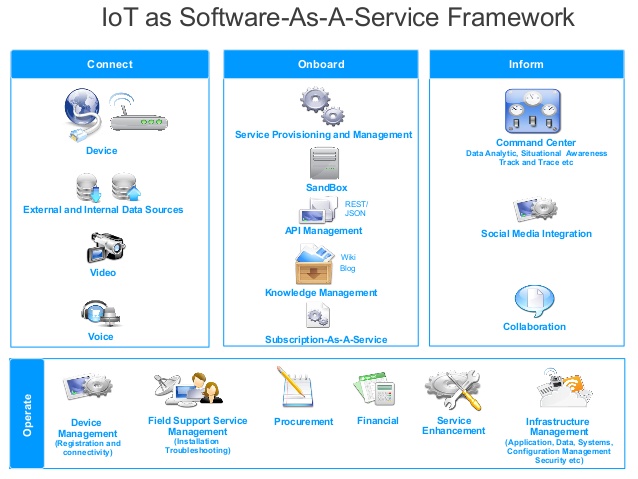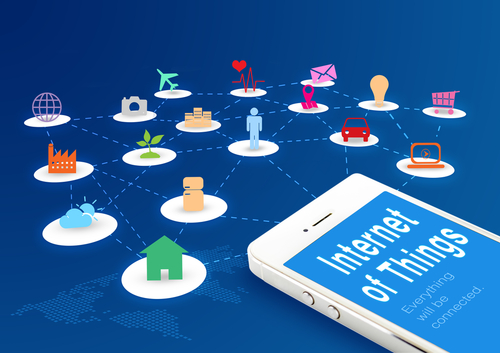Is the IoT-Ready for a Services Model
The service model is the in-thing in enterprise IT. Just about anything the enterprise requires, from storage to security, and from applications to hosting, is now available on the cloud, as a service. Such services offer enterprises the unprecedented convenience of paying for such resources as neatly packed line items on a monthly statement, a big jump from the often messy derivation of costs from various inputs and sources.
In tune with the trend, moves are afoot to deliver IoT in a service model. It matters little that IoT is yet to be entrenched, and the dust has hardly settled on IoT standardization. When even highly architecturally complex applications can be delivered in a simple service based model, why should the Internet of Things (IoT) be any different?
Commoditized Hardware
The latest tr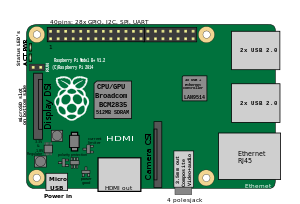 end in hardware is the increasing preference of open, modular hardware over custom or application-specific hardware design. Specialized custom-built hardware is fast being relegated to the fringes. A case in point is the success of the bare-bones Raspberry PI, designed as a bare-bones board, on which the required functionality may be added as required. For instance, wi-fi connectivity, analog sensors, and other capabilities each would require adding additional modules.
end in hardware is the increasing preference of open, modular hardware over custom or application-specific hardware design. Specialized custom-built hardware is fast being relegated to the fringes. A case in point is the success of the bare-bones Raspberry PI, designed as a bare-bones board, on which the required functionality may be added as required. For instance, wi-fi connectivity, analog sensors, and other capabilities each would require adding additional modules.
One of the earliest innovations that could set the trend for IoT as a service (IoTaaS) is the line of wi-fi sensors developed by the Naperville-based ConnectSense. The range of Wi-Fi sensors for home and building automation are for various purposes, such as temperature, humidity, motion, light, dry contacts, and more. The company organizes the portfolio around a base platform, allowing deployment of multiple sensors quickly, with only minimal modifications required to the common platform. The software is delivered through a proprietary cloud platform, sparing the need for additional hardware resources on the physical sensors. In the present business model, users may install the required hardware module at $150 a piece, and the cloud-based software subscription comes at no extra cost. However, there is nothing preventing a new model wherein users subscribe to the cloud-based software on a need basis and get the associated hardware free of cost! ConnectSense’s system is already in use in several applications, such as agricultural observation and data center monitoring.
Sensor based Services
IoT as a Service (IoTaaS) would help enterprise implement IoT technologies without having to deploy complicated software stacks in-house, leave alone go through the arduous task of integrating such software with existing enterprise architecture. The technology is already in place.
Nokia’s recently launched worldwide IoT network grid (WING) is an IoT managed service for the enterprise market, offering connectivity and management services to businesses, and designed for use in connected cars, connected freight containers, and other similar applications. Nokia offers multi-tenanted connectivity, through M2M Core, which supports IoT communications and smartphone traffic, and Cloud Packet Core, which gives each enterprise exclusive access to a discrete segment of the core network. The system incorporates device connectivity via the e-SIM subscription model, and also the company’s Impact IoT platform, allowing them to maintain connectivity to local provider networks. In addition to this connectivity, Nokia’s IMPACT IoT platform offers device management, security, and analytics.
Canada’s Rogers Communications offers a suite of services that simplifies deployment and support of devices, services, and connectivity. It is already in use in several key services, such as “Farm and Food Monitoring” and “Level Monitoring,” to oversee sensors and other endpoints in refrigerators, field machinery, waste disposal machinery, and everywhere else, enabling organizations to offload day-to-day operations effectively.
Igor Leprince, Head of Global Services at Nokia, opines:
“IoT connectivity as a managed service is an answer for enterprises to the current IoT deployments that are hampered by the patchwork of business agreements to connect devices around the world. These services allow enterprises to get enterprise-class services at lower cost, with greater scalability and functionality, compared to what enterprises can reasonably conjure up in-house, and be spared to the hassles of doing so as well.”
Pure IoTaaS
Managing sensors and edge devices is only one piece of the overall IoT chain. When advanced analytics and automation that powers IoT functionality comes into the mix, the picture becomes complex.
Pure IoTaaS, which is leveraging the “things” itself for revenue in a service based model remains a tricky proposition. The underlying stumbling block is the limitation of using the “thing” for more than one purpose. For instance, it is hard to offer the dongle in the car on a service offering, but if the same dongle can be used for a multitude of service, there is a strong case for it. However, it is only a matter of time before technology advances to offer solutions that remove such underlying limitations. Just as the smartphone today has replaced the need for stand-alone wrist-watches, flashlights, alarm clock, camera, and music player, IoT “things” could in future be used for different things, leveraging the same hardware.
Cisco’s recent $1.4 billion acquisition of Jasper is a big step in pushing IoT as a service. Many many millions of “things” are already connected to Jasper’s network, allowing ecosystem partners to bring their service-based products to market and run it at scale.
The true benefit of IoT comes not by the efficiencies on offer by connecting everything, but by using such connected ‘things’ to overhaul the business model from static products to dynamic services. In such a model, products become dynamic, and businesses may add new services and revenue streams. A business could, for instance, derive for itself more value by selling printing-as-a-service than selling a few printers. GE is already selling power-by-the-hour jet engines, wherein the user of the engine pays the amount of power consumed by the engine by the hour, rather than an upfront capital cost.
The basic underpinnings of these systems still under development, but it is only a matter of time before the complexities are resolved, and IoT embrace service-level operations in line with other areas of the enterprise data stack. IoTaaS is most likely the next major development in business technology.
As competition mounts. IoTaaS is one-way companies can innovate and gain one-upmanship over the competition. Make sure you have all your bases covered, and tie-up with a strategic partner to have your systems in place, to leverage the coming IoT wave.
Stay up to date on what's new

Recommended Posts
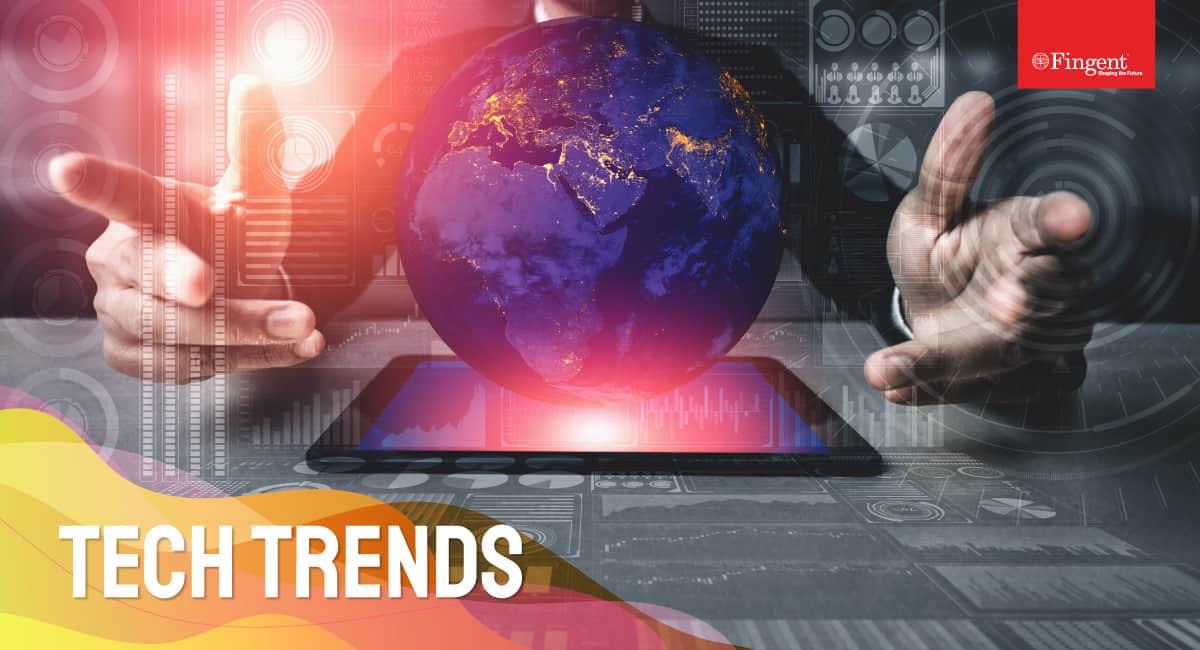
28 Oct 2020
11 Tech Trends That Will Disrupt Businesses in The Next 2 Years
Supercharge Your Business with These 11 Hot Tech Trends Technology is having an ever-greater impact on our personal lives and most importantly on the way we do business. The business……
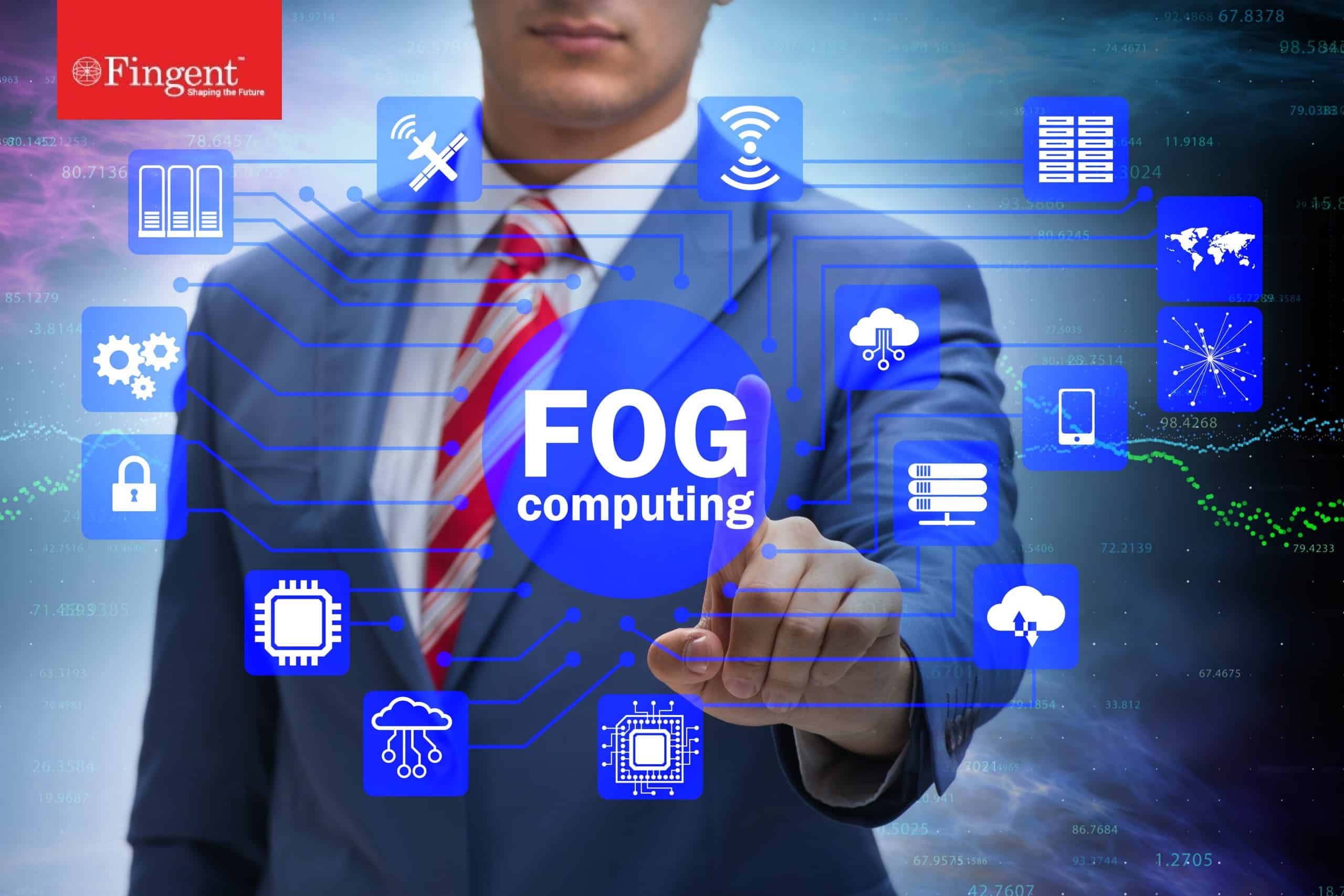
25 Jun 2020
What Is Fog Computing and How Does It Work?
How Can Your Business Benefit from Fog Computing? How much data do we create every day? The World Economic Forum reports that the entire digital world is expected to reach……
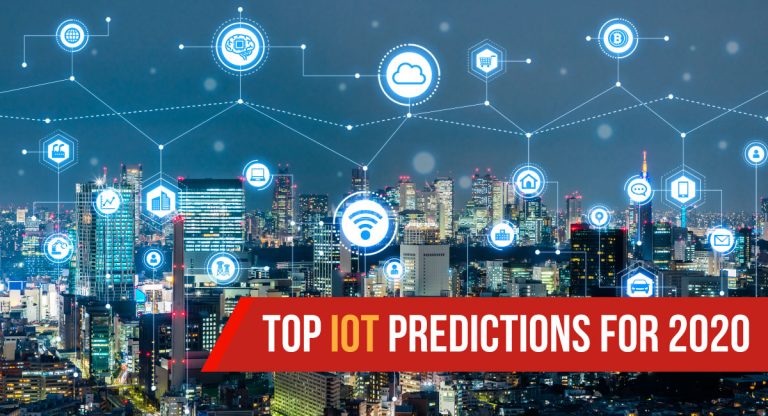
02 Mar 2020
Gearing up for IoT in 2024
How to prepare for IoT in 2024? In coming years the Internet of Things (IoT) is here to stay. We’re at the cusp of a new era wherein intelligent digital……
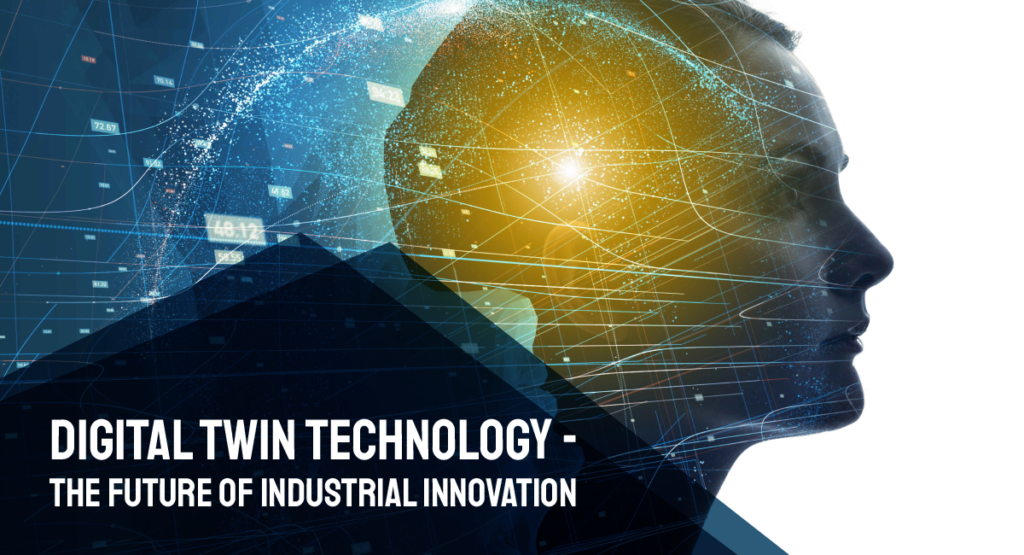
12 Jul 2019 Manufacturing Healthcare
Digital Twin Technology Reshaping IoT-Enabled Environments
Evolution Of The Digital Twin Technology What is a digital twin? Digital Twins can be best defined as digital copies or virtual replicas of physical assets. Data scientists can make use……
Featured Blogs
Stay up to date on
what's new



